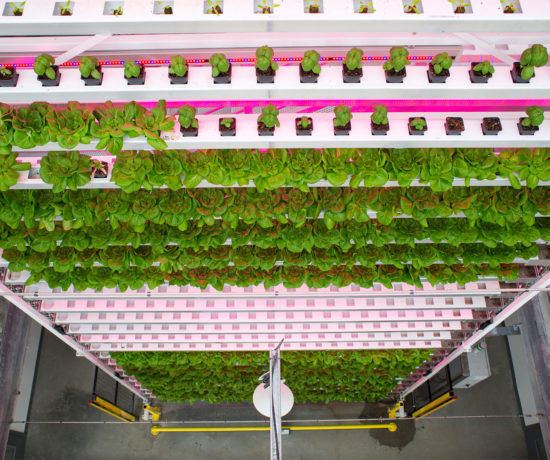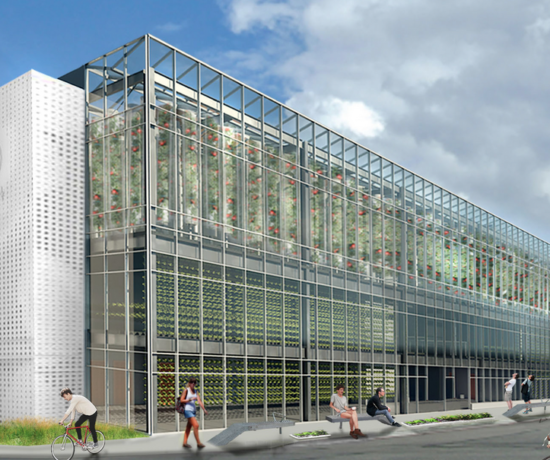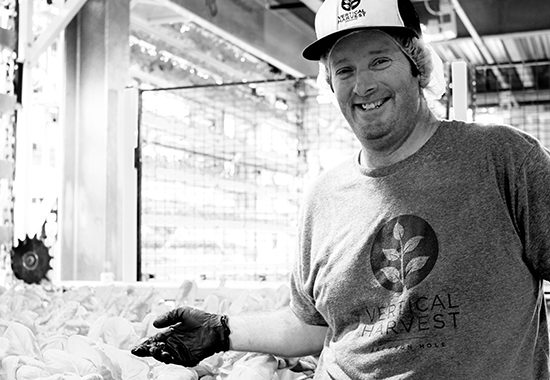Snowy winters make it an unlikely urban farming hot spot, but one town is turning a vacant strip into a vertical farm.
BY Kristina Bravo is Assistant Editor at TakePart.
A verdant skyscraper filled with growing zucchini and kale might be many people’s idea of a vertical farm, but one Wyoming town is venturing into the urban farming business by starting small—on a thin strip of land next to a parking lot.
“We’re replacing food that was being grown in Mexico or California and shipped in,” McBride told Fast Company. “We feel like the community’s really ready for a project like this. Everybody’s so much more aware of the need to reduce transportation, and people like to know their farmer and where food’s coming from.”
McBride and Yehia have been working with the city, which owns the land, for five years to determine how well their model can sustain itself. Greenhouses use a lot of energy, especially in a cooler climate like Wyoming’s. But they say that their design, which involves a conveyor belt that allows plants to rotate under natural light and artificial lighting, uses less energy than if produce were just transported from elsewhere.
The two plan to employ individuals with developmental disabilities to plant and harvest the crops. The building is estimated to support the production of about 37,000 pounds of greens, 44,000 tomatoes, and 4,400 pounds of herbs per year.
Although the parking lot harvest isn’t enough to supply the entire city, local restaurants, supermarkets, and a hospital have already pre-bought crops. In the meantime, the group hopes that the positive impact of its small-scale, local approach could be recognized nationwide.
“It’s a feel-good story, which is why so many people were partnering with us from the beginning,” said Yehia.



